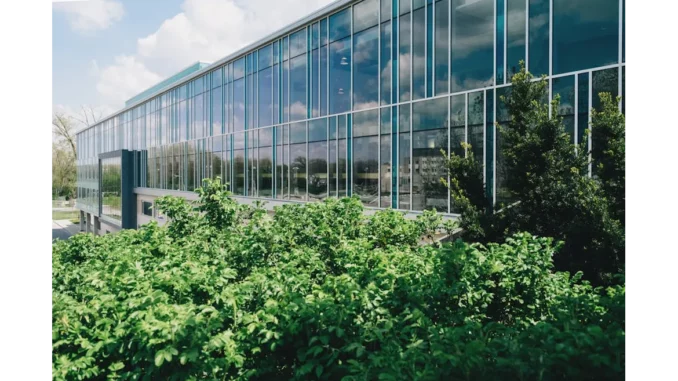
In the contemporary landscape of sustainable architecture, green roofs emerge as a formidable asset, enhancing a building’s environmental performance and aesthetic appeal. Their integration into modern construction not only bolsters biodiversity but also plays a crucial role in achieving renowned sustainability certifications such as LEED (Leadership in Energy and Environmental Design) and BREEAM (Building Research Establishment Environmental Assessment Method). These certifications are instrumental in driving forward eco-friendly construction methodologies, albeit with distinct criteria and approaches. A deep dive into how green roofs contribute to these certifications offers invaluable insights for architects, builders, and environmental advocates alike.
Learn how Focus360 Energy supports Environmental Impact Assessments.
Understanding the nuances of LEED and BREEAM is essential to appreciating the contribution of green roofs. LEED, a globally recognised certification system developed by the U.S. Green Building Council, evaluates buildings based on their environmental performance across several categories, including sustainable sites, water efficiency, energy, materials, and indoor environmental quality. Points accrued in these areas determine a building’s certification level, ranging from Certified to Platinum. Conversely, BREEAM, established by the UK’s Building Research Establishment, is a leading environmental assessment method in Europe. It assesses a building’s performance across categories such as energy, water, health, and pollution, offering certification levels from Pass to Outstanding.
Green roofs can significantly influence LEED certification, particularly within the Sustainable Sites and Energy and Atmosphere categories. By mitigating the urban heat island effect, green roofs reduce surface and ambient air temperatures, leading to diminished cooling energy demands. This aligns with the Sustainable Sites category, which prioritises minimising environmental impact on building sites. Furthermore, their capacity for stormwater management—absorbing rainfall and decreasing runoff—contributes points towards LEED certification by enhancing water quality and reducing strain on urban drainage systems.
In the realm of energy efficiency, green roofs serve as natural insulators, decreasing the requirement for artificial heating and cooling. This not only lowers energy consumption but also reduces greenhouse gas emissions, thus earning credits under the Energy and Atmosphere category. By providing these multifaceted benefits, green roofs are instrumental in achieving higher tiers of LEED certification.
Similarly, BREEAM acknowledges the environmental benefits of green roofs, aligning them with several assessment categories, including Energy, Water, Health and Well-being, and Land Use and Ecology. Green roofs improve thermal performance, thereby reducing energy consumption for climate control, a key focus of BREEAM’s Energy category. In the Water category, their role in rainwater absorption and filtration aids in managing surface runoff and mitigating flood risks, which is crucial in urban planning and infrastructure.
The Health and Well-being category benefits from the improved air quality and biodiversity green roofs offer. By providing habitats for various species, they enhance urban biodiversity, aligning with BREEAM’s emphasis on occupant health and environmental quality. In the Land Use and Ecology category, green roofs contribute to ecological value by creating habitats that support plant and wildlife diversity, reinforcing the sustainability of urban ecosystems.
Despite their advantages, green roofs present challenges that must be addressed. The building’s structural integrity must be evaluated to support the additional load imposed by a green roof. Additionally, selecting appropriate vegetation is critical, as it affects insulation, water retention, and biodiversity outcomes. In the context of LEED, achieving plant diversity can be challenging, particularly with limited soil depth, though innovative solutions like diverse plant plugs can mitigate this issue. BREEAM assessments may also necessitate tailored approaches based on country-specific climate conditions and legislative requirements.
As the demand for sustainable architectural solutions grows, green roofs are poised to become increasingly central in shaping the future of building design and certification. By enhancing energy efficiency, improving water management, and supporting biodiversity, they contribute significantly to the overarching objective of fostering environmentally responsible buildings. In doing so, green roofs not only aid in achieving esteemed certifications like LEED and BREEAM but also exemplify a commitment to sustainable development and ecological stewardship in the construction industry.


Be the first to comment